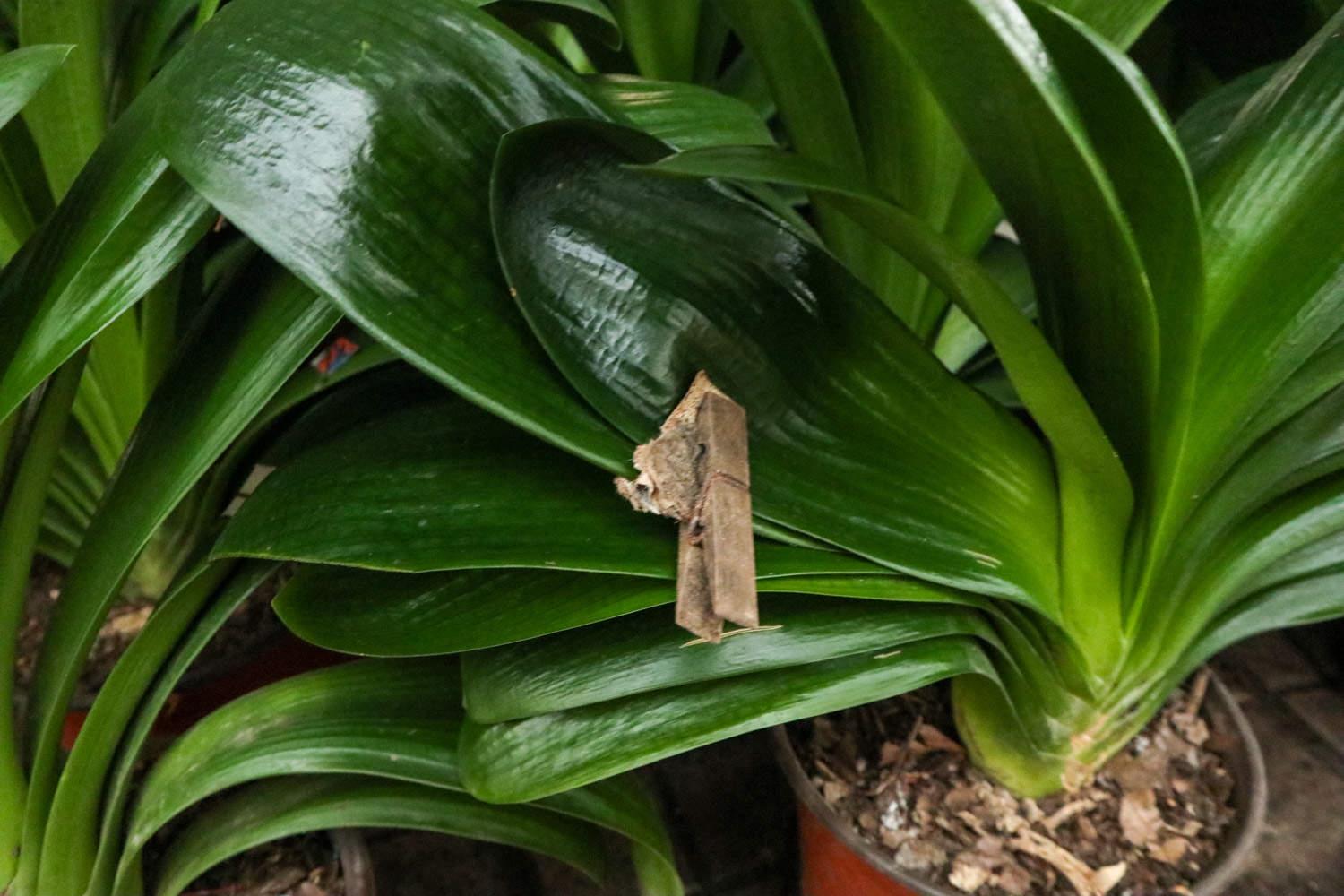How to prepare Clivia soil (Clivia nutrient soil)
Last Update :2024.05.08
Article Catalog
The nutritional soil for Clivia generally requires a variety of soil preparations, such as humus soil, leaf humus soil, peat soil, furnace ash and river sand. Some of these soils are main, and some require a small amount. The commonly used formula is a mixture of leaf humus soil and river sand, with a ratio of 2:1. To provide a better growing environment, you can use leaf mold soil, pine needles, river sand and base fertilizer in a ratio of 5:3:1:1.

1. Main ingredients
1. Main ingredients
1. Humus soil: Humus soil is a common nutrient soil. This soil contains a large amount of humus, which can provide sufficient nutrients for the growth of Clivia. It is a relatively Ideal substrate choice. This kind of soil can be reted by yourself, but the process is more troublesome. Collect fallen leaves and weeds in autumn and winter, add an appropriate amount of animal manure, mix it with the soil, compact it and cover it with mud. Turn the pile over again after half a year, so that it will be fully decomposed in the second year, and you need to sift it before using it.

2. Leaf humus soil: similar to humus soil. This kind of soil also has a lot of nutrients, and has good permeability. It is relatively soft and has strong drainage ability. It is very suitable as a cultivation soil for Clivia. In addition, it is relatively easy to obtain and can usually be found on the forest floor. Mostly choose broad-leaf mulch soil. Needle-leaf mulch soil cannot be used alone, but it can be used in combination.
3. Peat soil: Peat soil is a popular culture medium in recent years. It is not soil itself, but it plays a better role than soil. It is especially suitable for planting Clivia. It has a strong ability to retain water and fertilizer, and is also extremely breathable. In addition, it is rich in humic acid, which can promote wound healing and is very helpful for recovery after root pruning.

4. Furnace ash: leftover after burning coal The residue has a very loose texture, so it has strong drainage and air permeability. In addition, it contains some trace elements, which can promote the growth of the roots of Clivia and make it grow stronger. Moreover, it is obtained through high-temperature processing, so it is basically sterile. It must be screened before use and large particles must be removed.
5. River sand: River sand is also a common substrate for cultivating Clivia. It mainly increases drainage in the soil. In addition, it can inhibit the growth of mold and reduce the possibility of diseases caused by bacteria and fungi, which is crucial for the healthy growth of plants.

2. Preparation method
Comparison The simple formula is to use humus soil and river sand, and mix them in a ratio of 2:1, which can not only provide certain nutrients but also have good drainage capabilities. If you want to provide a better substrate, you can use a mixture of humus soil, pine needles, river sand and base fertilizer. The ratio of the four is 5:3:1:1.
2. Preparation method
- END -
How to grow Dutch chrysanthemums on the balcony, what should you pay attention to?

Holland chrysanthemums need to be grown in a sunny place. They can be grown on the...
Growth conditions of borneol camphor tree

Soil: The soil for cultivating borneol camphor trees should have good air permeabi...